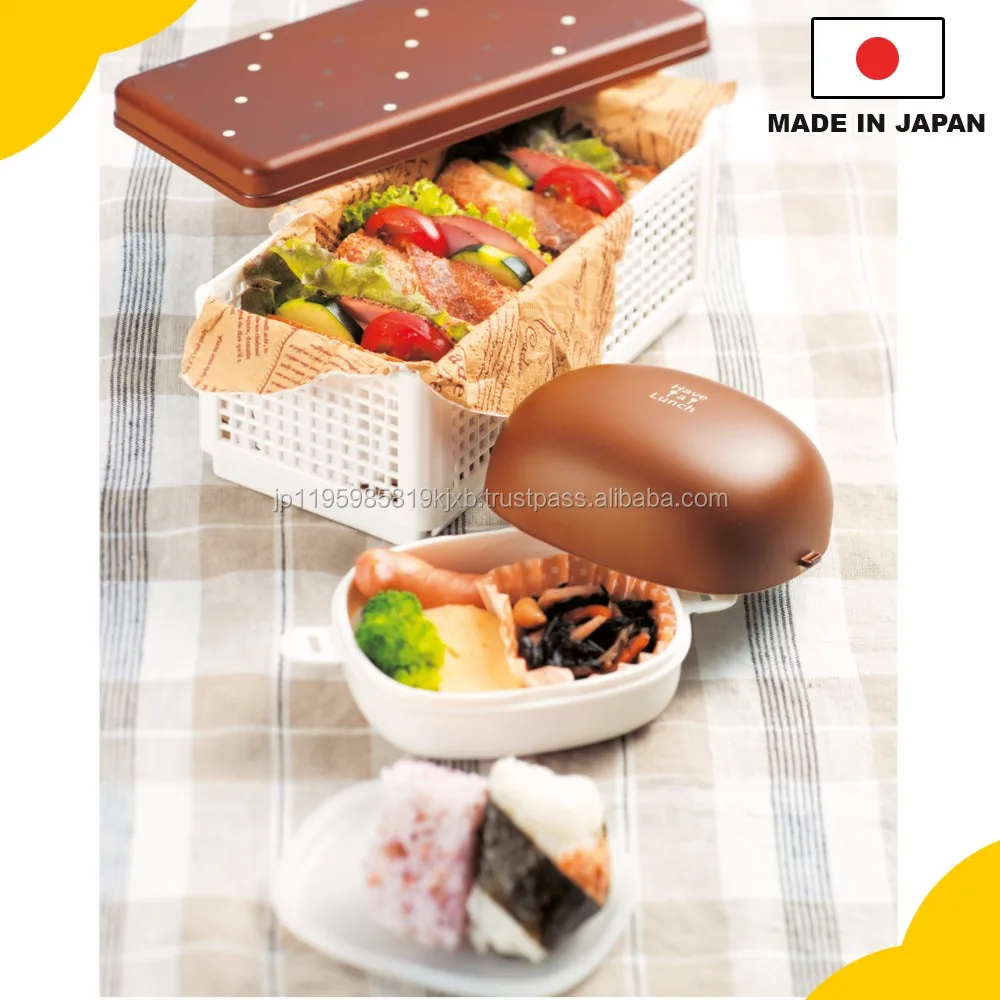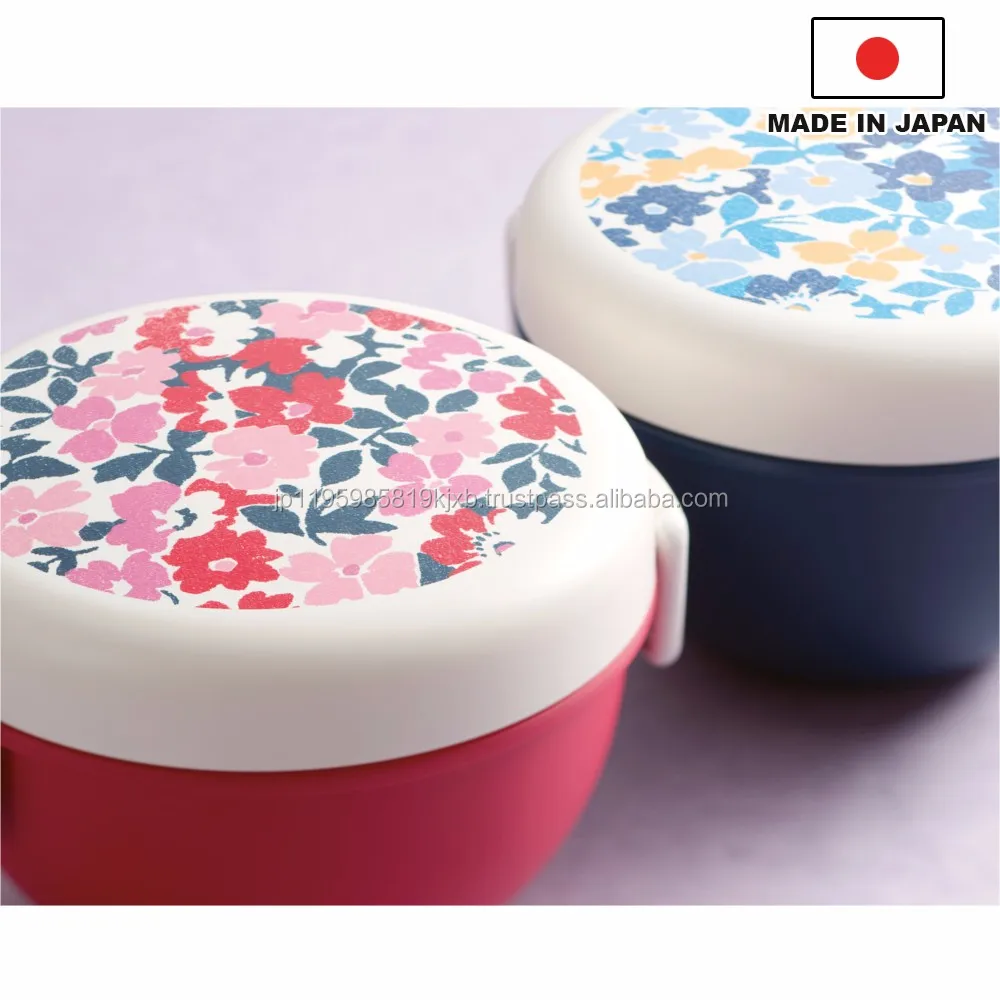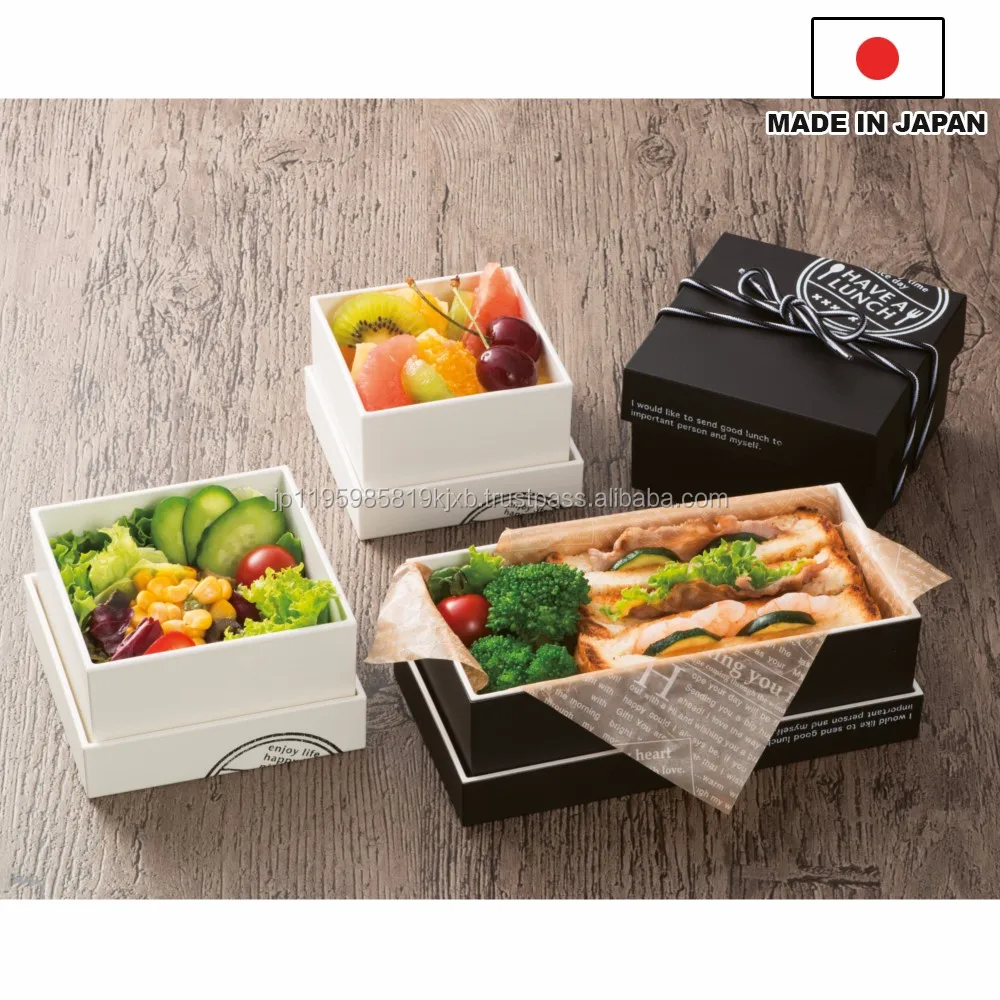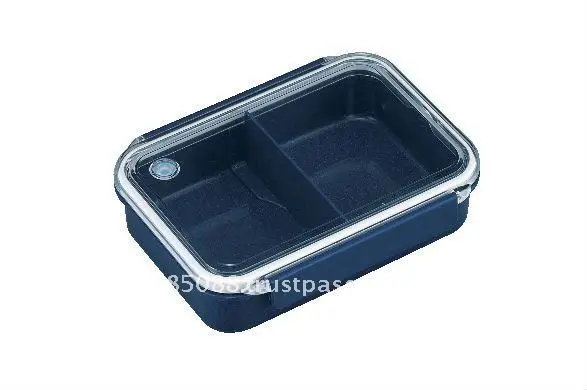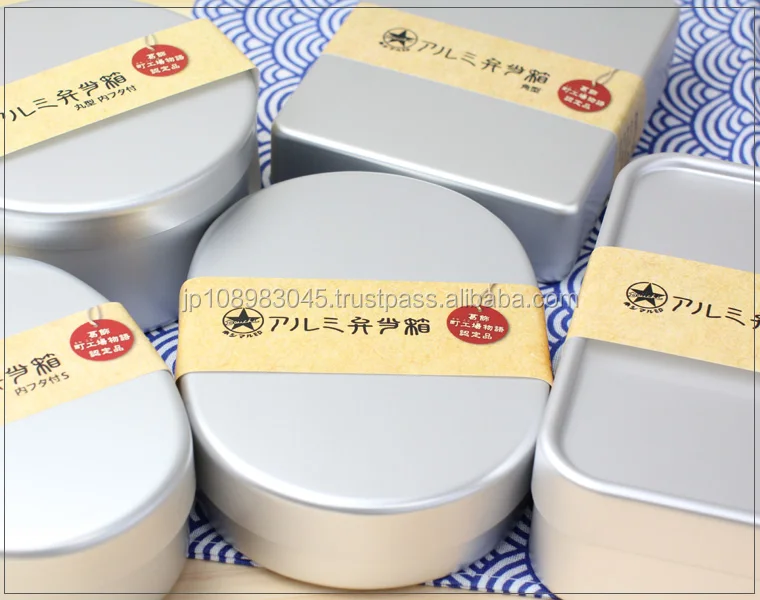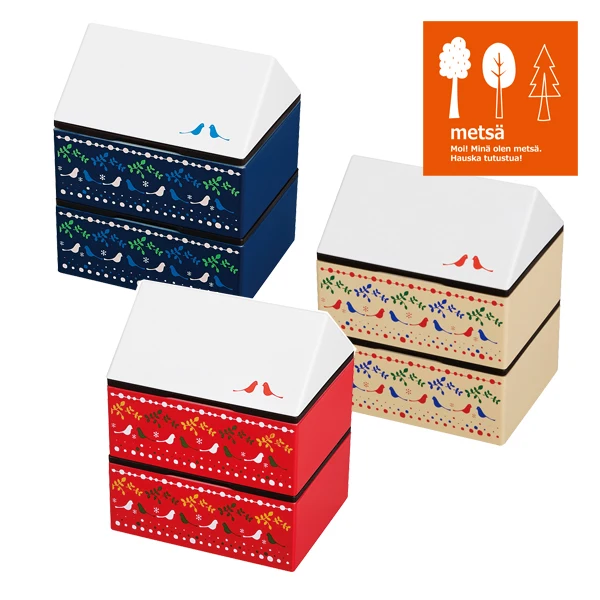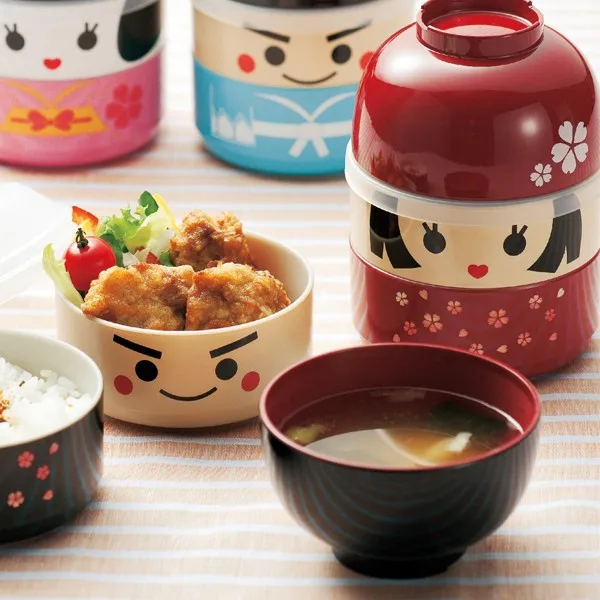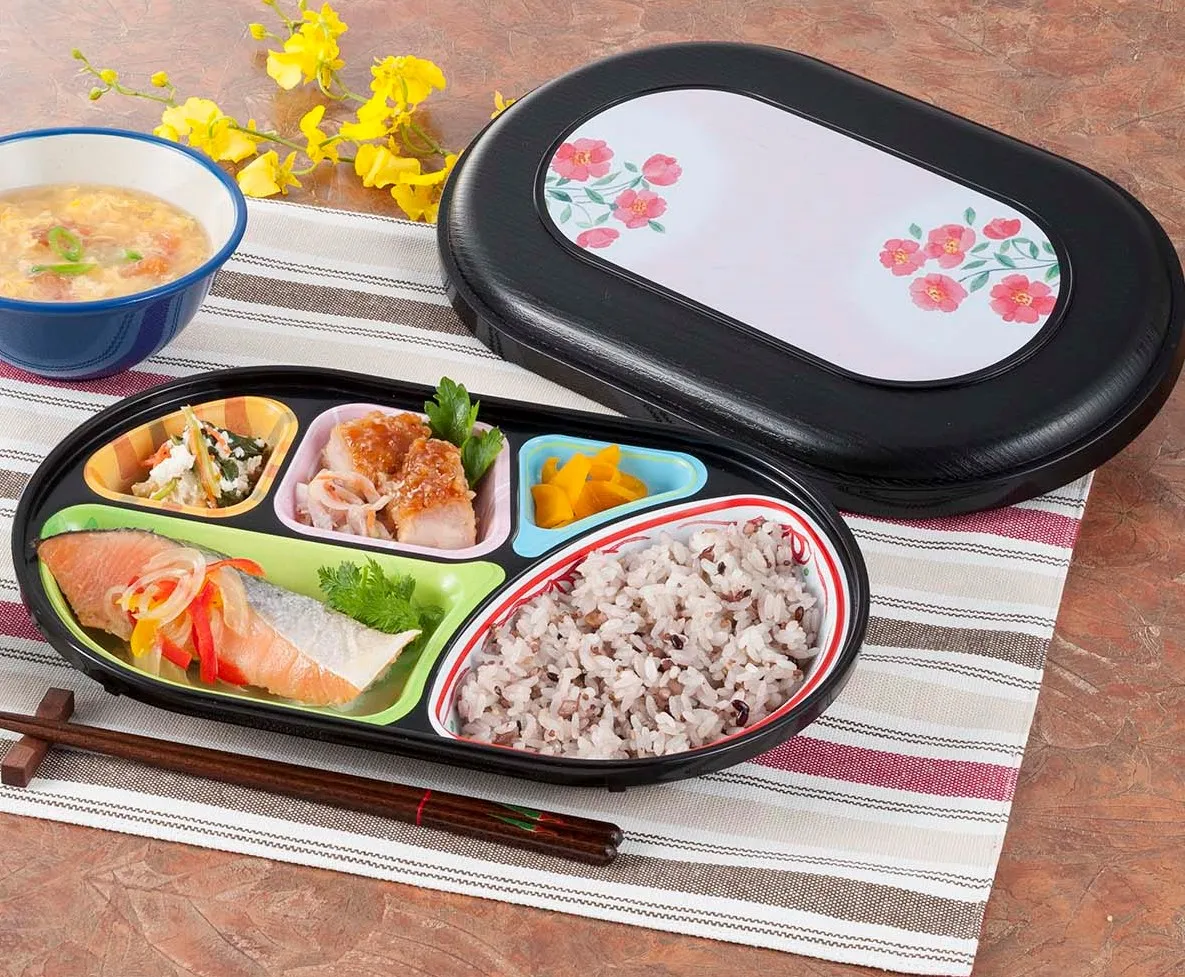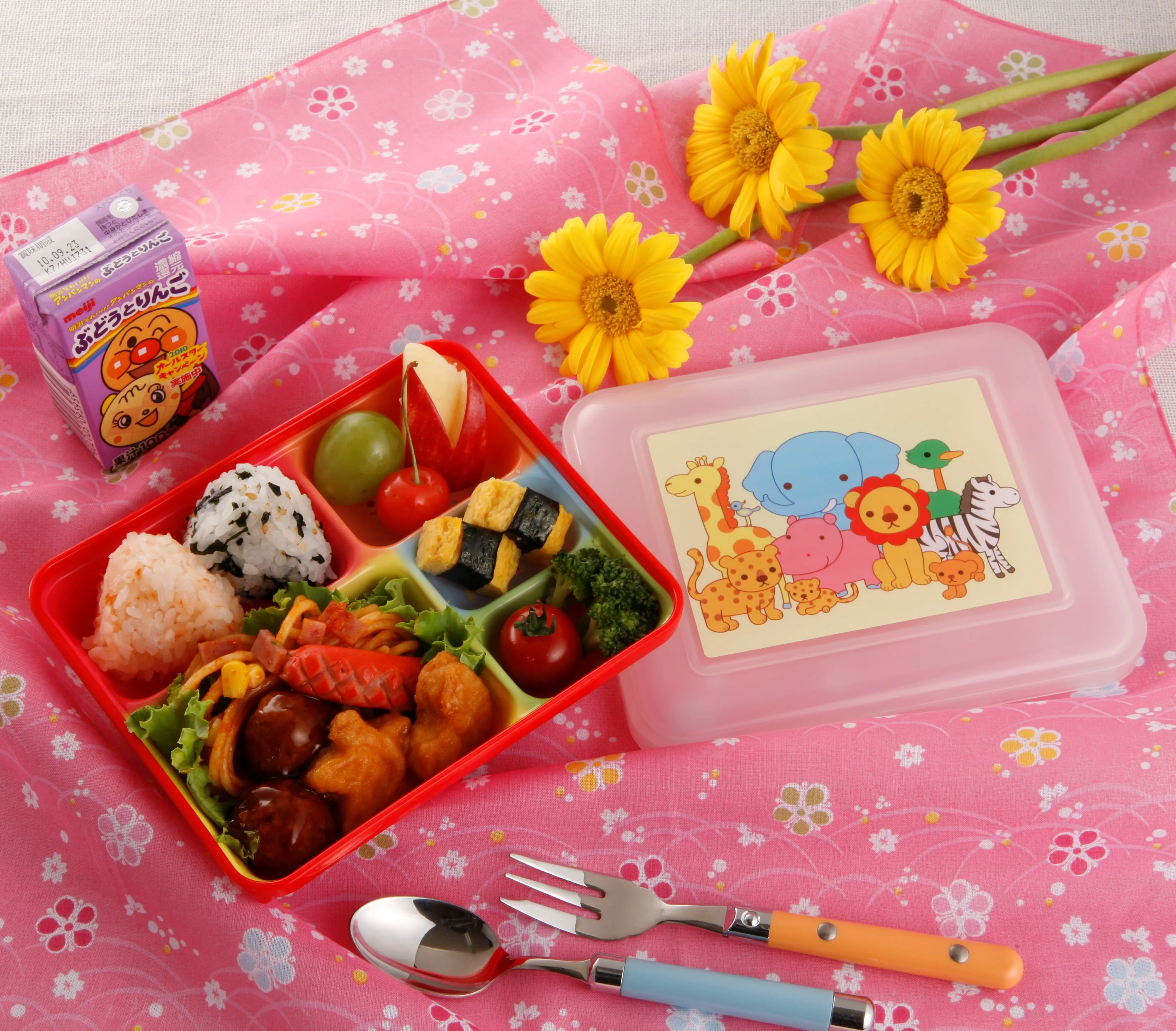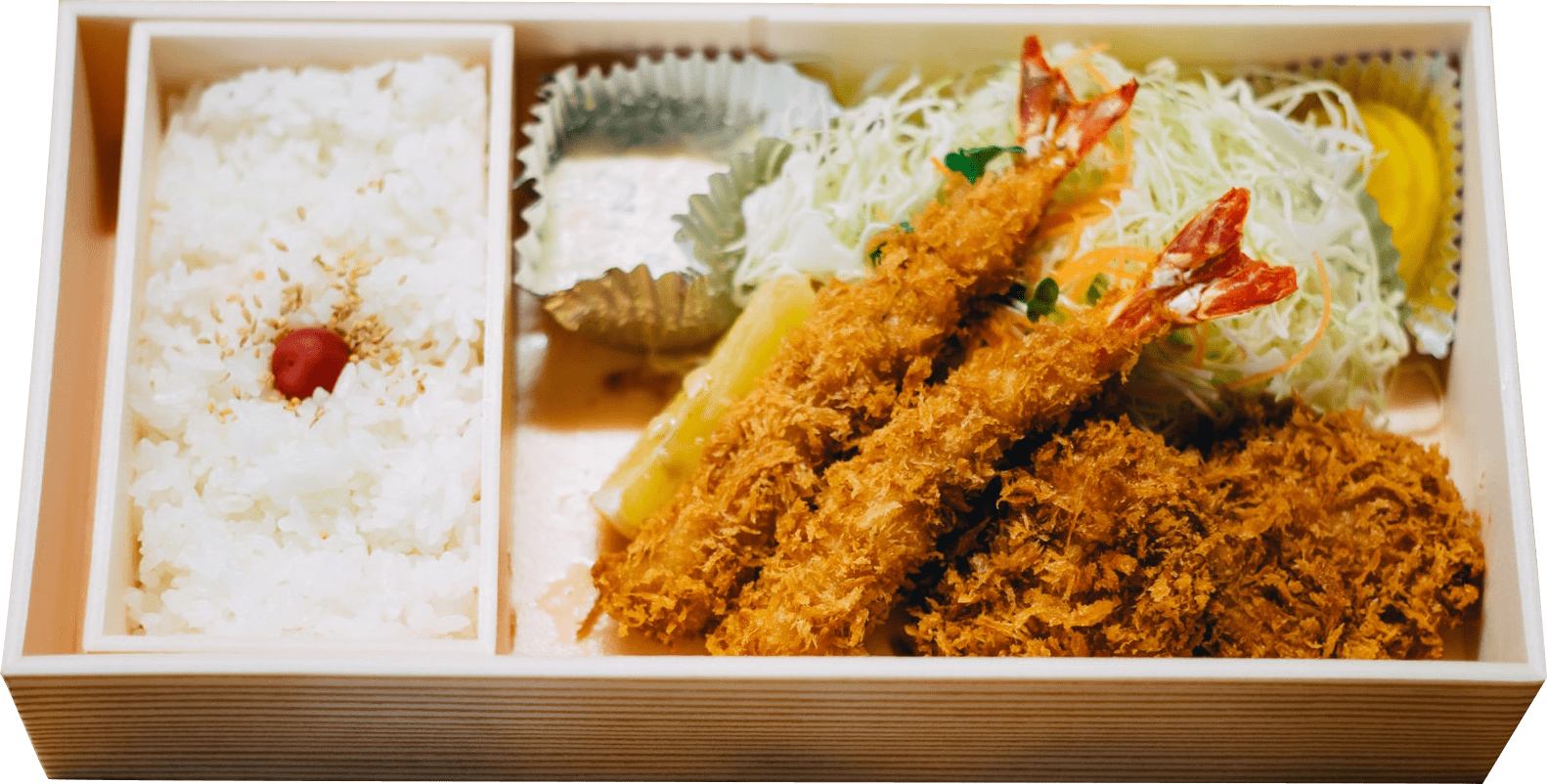
In Japan, over 5 billion bento are produced every year.
5,000,000,000
40of people make bento every month
75of bento are made for adults
30of these are from wives to husbands
A History
![Photo: Qurren Taken with Canon IXY 10S [GFDL (http://www.gnu.org/copyleft/fdl.html) or CC BY-SA 3.0 (https://creativecommons.org/licenses/by-sa/3.0)], from Wikimedia Commons Hira-ide Historic Site Park reconstructed Kofun period (600 AD) house](https://img.alicdn.com/tfs/TB1kxTOGAzoK1RjSZFlXXai4VXa-500-375.jpg)

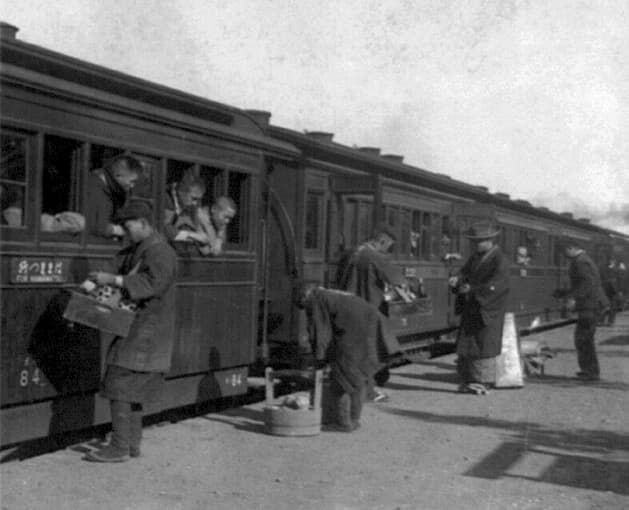

![Photo: Nesnad [GFDL (http://www.gnu.org/copyleft/fdl.html) or CC BY-SA 4.0 (https://creativecommons.org/licenses/by-sa/4.0)], from Wikimedia Commons National Theatre of Japan - kabuki curtain](https://img.alicdn.com/tfs/TB11L2BGzDpK1RjSZFrXXa78VXa-500-333.jpg)
![Photo: luckysundae [CC BY-SA 2.0 (https://creativecommons.org/licenses/by-sa/2.0)], via Wikimedia Commons Character Bento](https://img.alicdn.com/tfs/TB1RIHKGrrpK1RjSZTEXXcWAVXa-450-300.jpg)
Choosing Bento Boxes
By Material
- Plastic
- The most common material for bento boxes. With wide options of shape and design, it is also microwavable and has great capacity to seal liquid.
- Steel
- Light and durable. Difficult to be stained with pigment or odor. Can be used for a long time.
- Wappa
- Wooden material provides a warm esthetic as well as a natural humidity control, retaining the freshness of its content.
- Aluminum
- Beside its lightness and sturdiness, its sterility prevents bacteria growth and spoiling the bento.
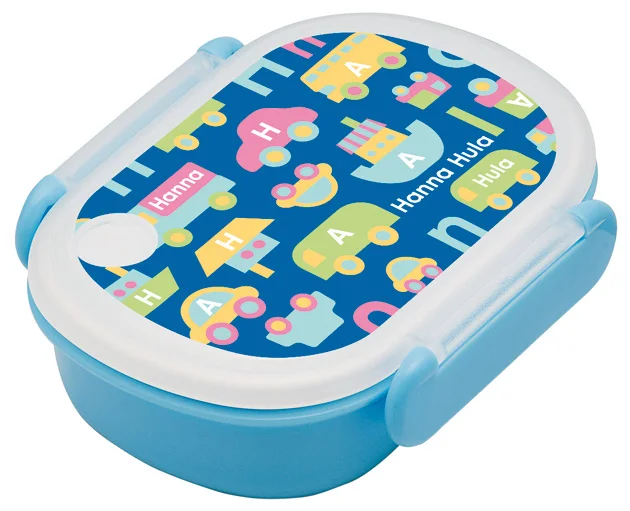
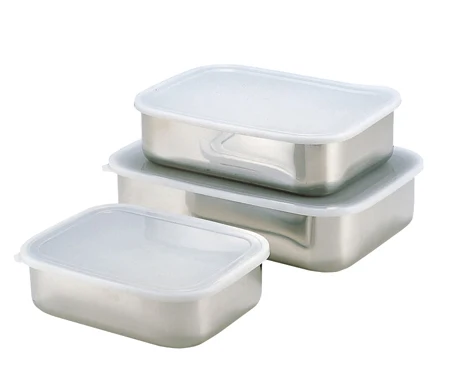
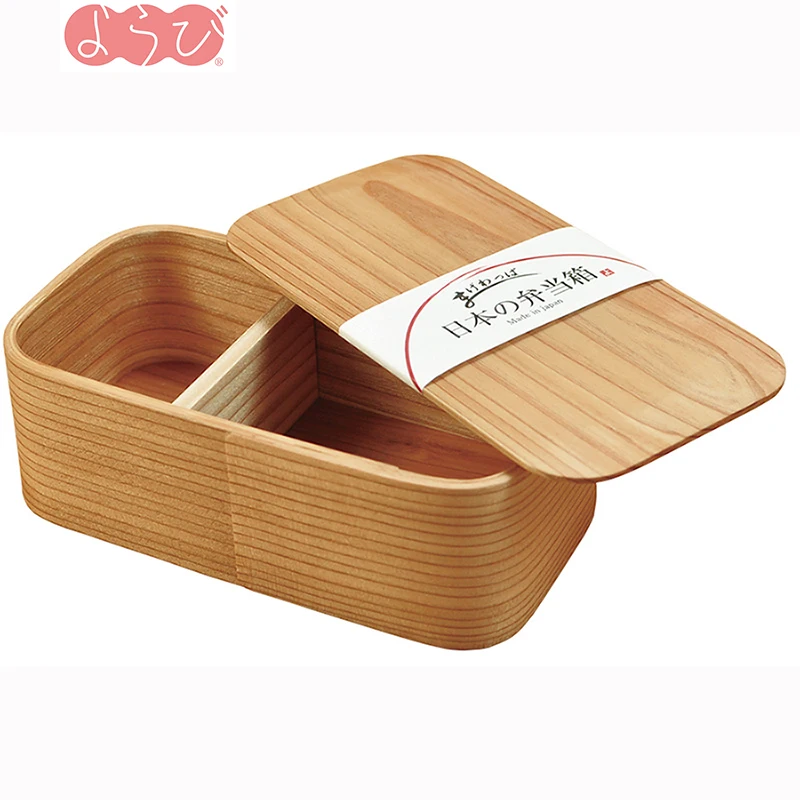
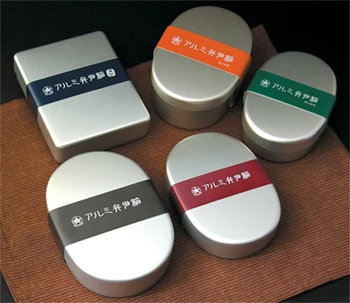
By Functionality
- Compartments
- Separate your main and side dishes with a multi-layer bento box.
- Thermal
- Thermal bento boxes allow you to have a warm meal anywhere you go. Some are even microwavable.
- Jar
- Just put in the materials and a soup jar will help making the meal for your busy schedule.
- Shaped
- Bento boxes specially designed to retain the shapes of sandwiches and rice balls.
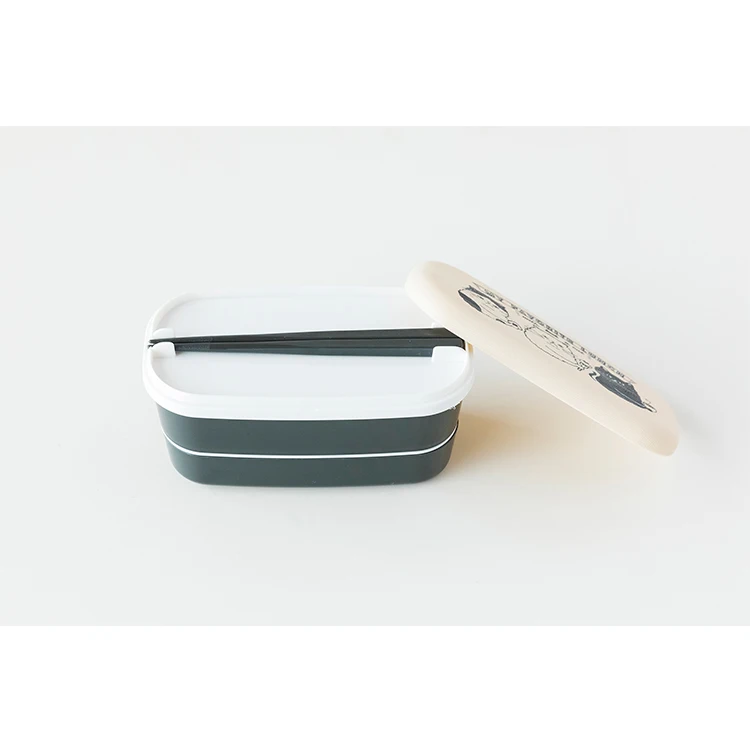
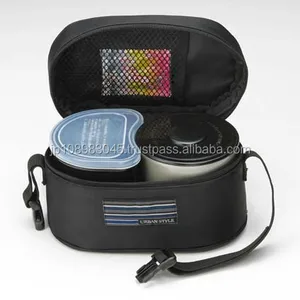
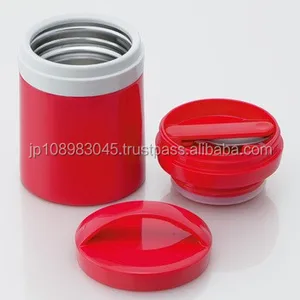
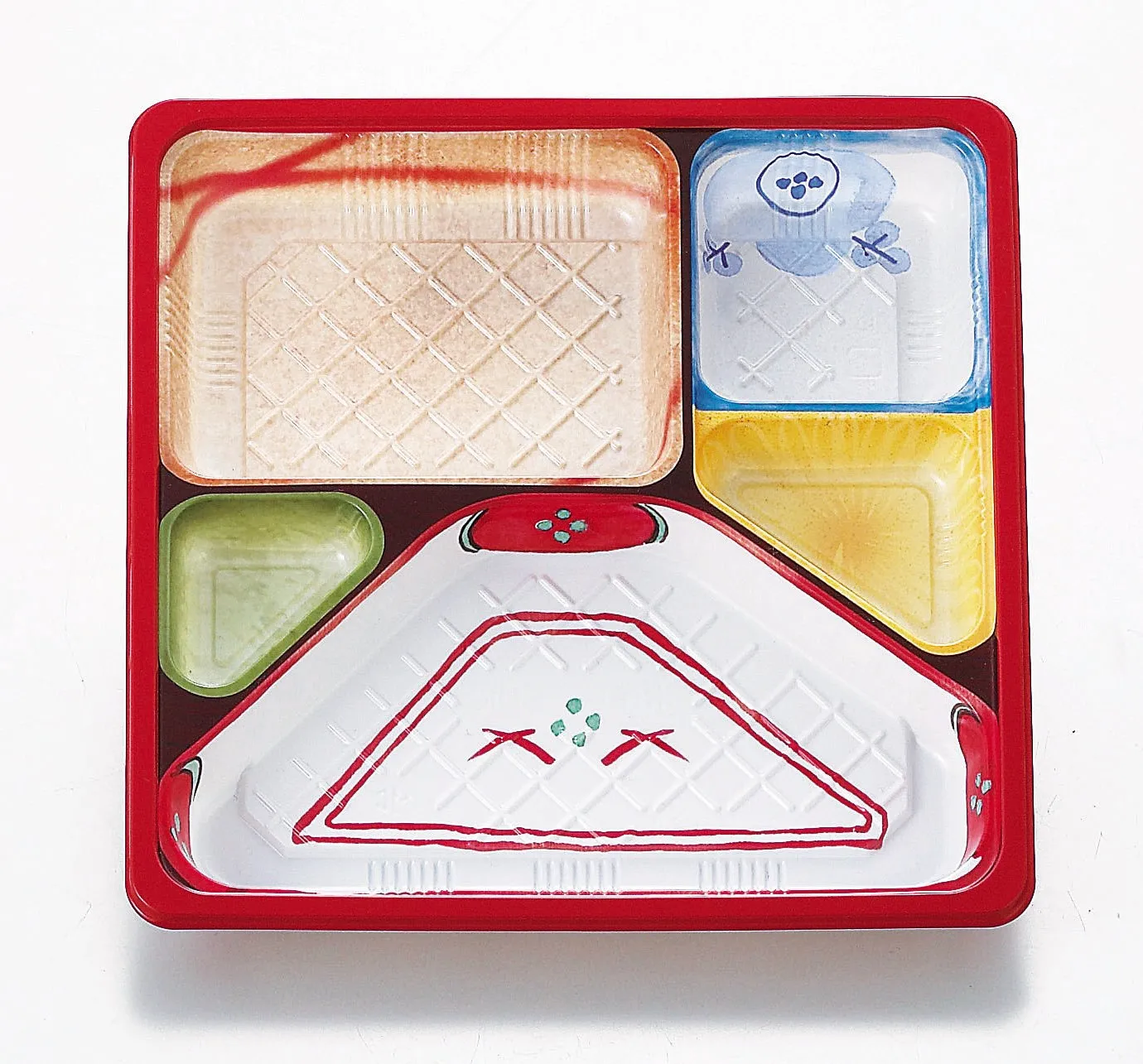
By Size
This is an approximation from the energy need of an average Japanese person before factoring in their physique and lifestyle.
Handy Products
Easy Cooking Tools
- Rice-ball mold
- Easy tool to shape rice balls
- Shaping mold
- Cut sausages, hard-boiled eggs, or carrots into cute shapes like crab, star, or heart
- Omelet pan
- A must-have in a Japanese kitchen. Pans, or even microwave kits specialized for making Japanese omelets.
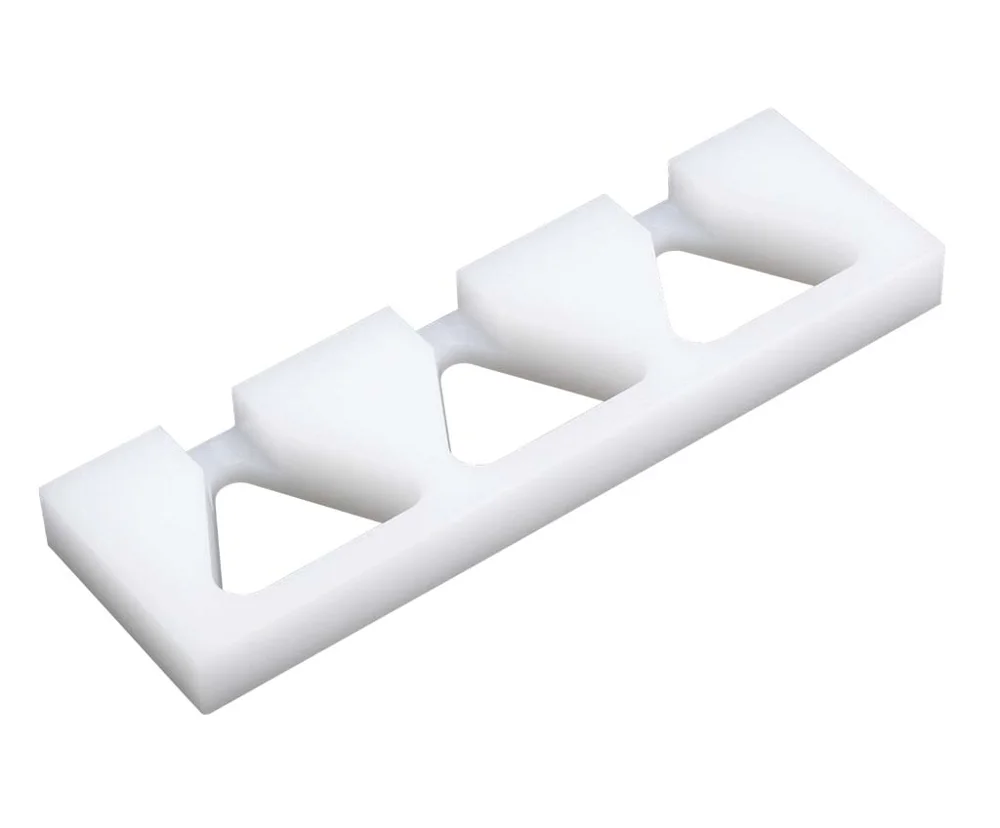
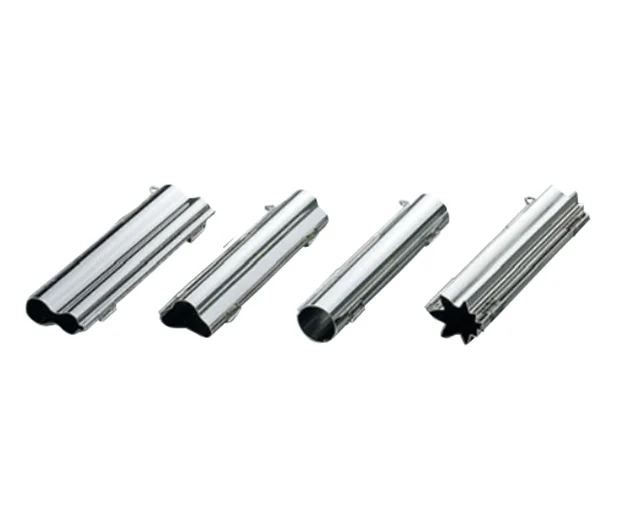
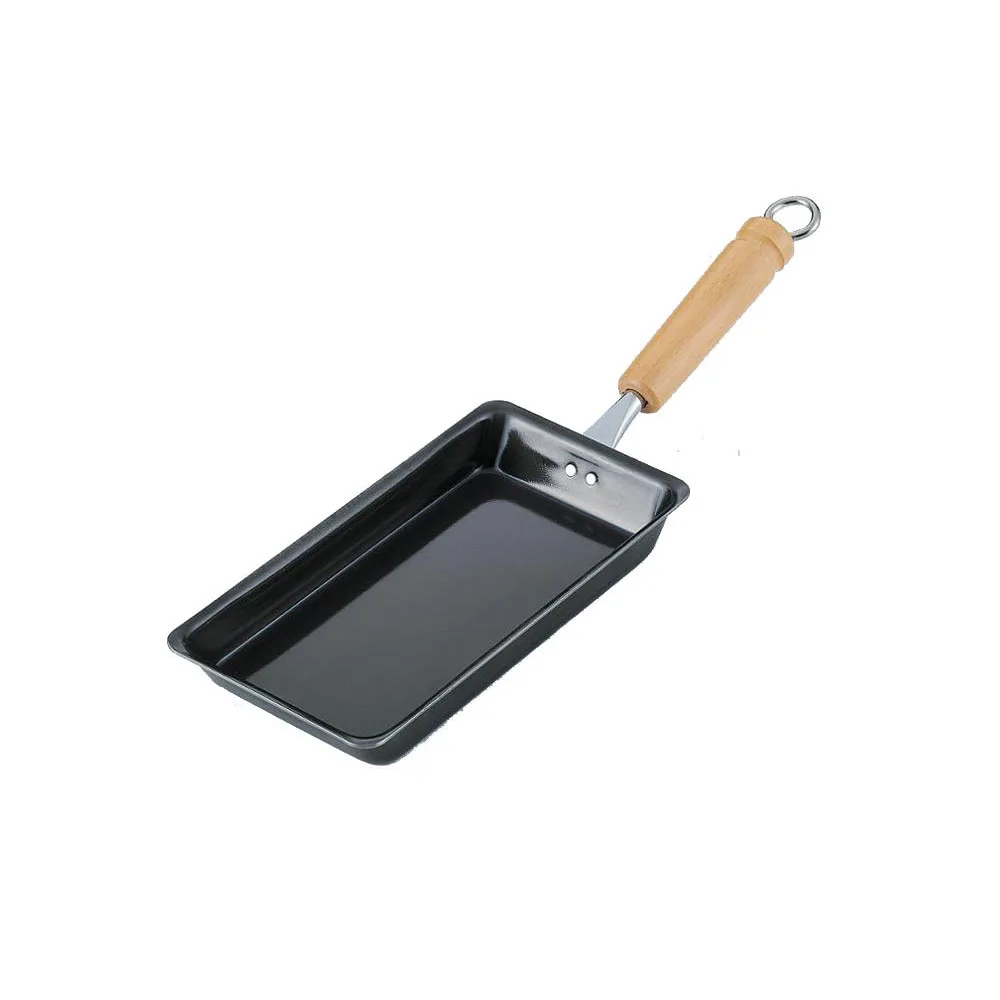
In-box Decorations
- Cups
- Use colorful mini cups for individual side dishes to prevent mixing.
- Baran
- Partition sheet for different dishes shaped like green leaves. Also available in popular characters and trains models.
- Picks
- Give your bento a colorful touch by simply using a designed character pick.


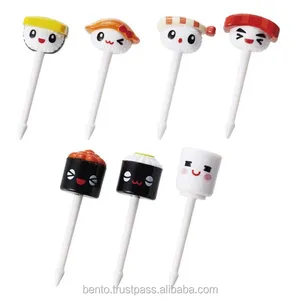
Why is bento popular aroud the world?
- Encourage better eating habit for kids
- Save money
- Have fun cooking and preparing
- Allergen control made easy
- More healthy and balanced diet
It may seem difficult to always prepare a full range of dishes. Try preparing the night before, and keeping some items in the freezer to ease your morning routine. It is always fun to try out new cooking tools.

